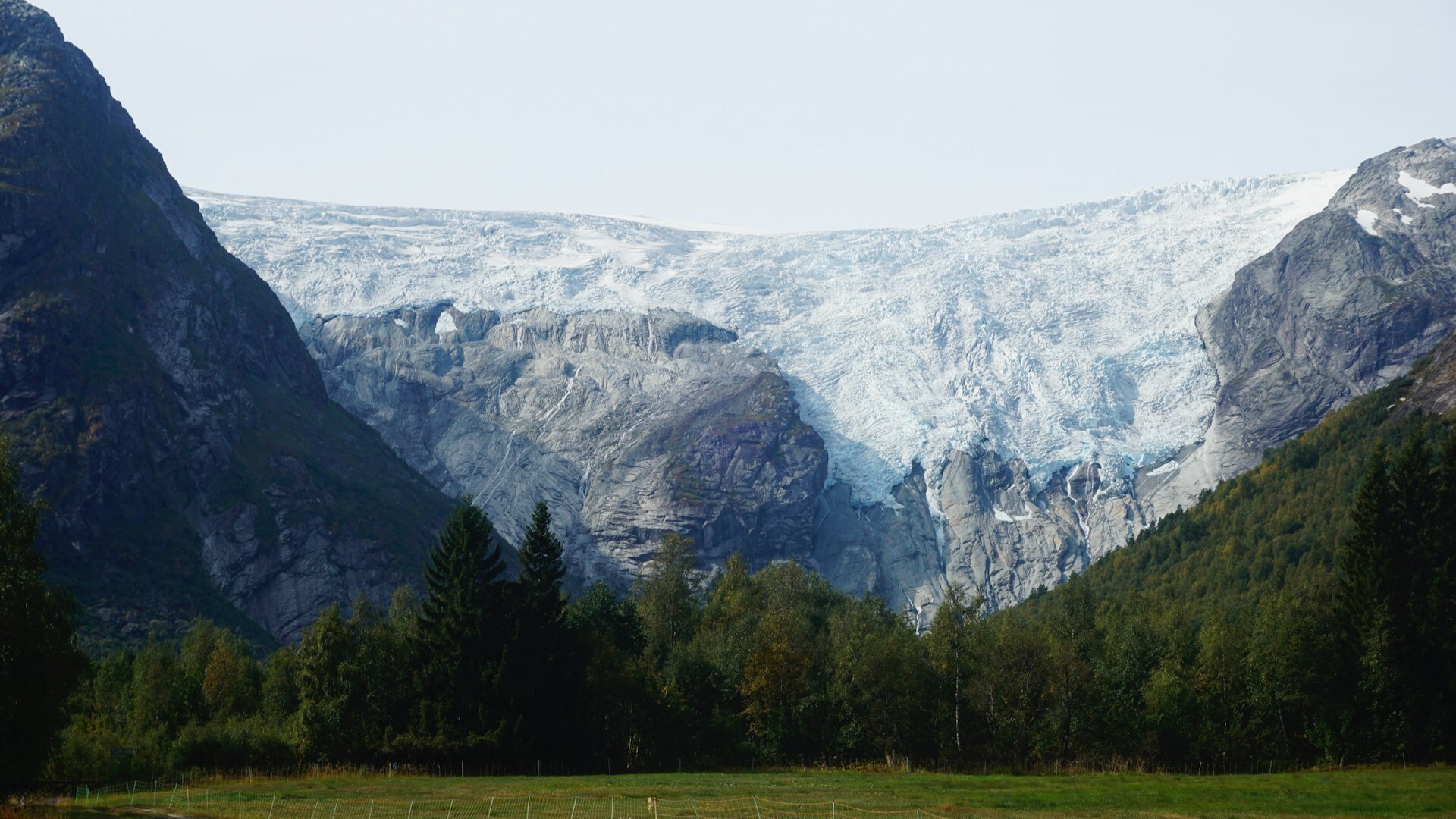Increasing temperatures are causing rapid changes in snow, ice, and permafrost—elements that play a crucial role in regulating the Earth's climate. These changes threaten ecosystems and water resources in many regions, including the Arctic, the Alps, and High Mountain Asia. By using satellite data and ground measurements, researchers create models to help predict future developments.
NORCE researchers in the Earth Observation group will contribute to several areas in this EU-funded project:
– NORCE is leading a work package where we will use satellite data to measure snow quantity, the water equivalent of snow. In addition, we will participate in fieldwork both in Adventdalen on Svalbard and in Southern Norway, where a sensor will be placed on Filefjell, explains chief researcher Eirik Malnes.
Studying 'supersites'
LIQUIDICE focuses on key glacial regions—so-called supersites—that play a crucial role in both local ecosystems and global climate processes:
- Monte Rosa, Italy – A crucial source of hydroelectric power and winter tourism, but shrinking snow cover threatens these industries.
- Jostedalsbreen, Norway – Provides up to 15% of Norway’s hydropower, making it a key element of energy security.
- Greenland Ice Sheet – The Ilulissat and Kangerlussuaq catchments show how melting ice sheets affect global sea levels and freshwater resources.
- Svalbard, Arctic – Permafrost is disappearing, destabilizing infrastructure and altering fjord ecosystems.
- Himalayas, Ladakh – Melting glaciers and shifting rainfall patterns threaten the water supply of 240 million people in the region and 1.65 billion people downstream.
Why is this research important?
Melting ice is not just about shrinking glaciers – it's about rising sea levels and disrupted water cycles with serious consequences for millions of people. Data from LIQUIDICE will help improve forecasts for future climate changes and guide decisions in water management, energy security, tourism, and climate adaptation.
The LIQUIDICE project started on February 1st and will last for four years. The project is an interdisciplinary collaboration between 18 research institutions from eight European countries (Poland, Italy, Denmark, Germany, Spain, Sweden, Norway, the United Kingdom) and India, encompassing expertise in field observations, satellite-based Earth observation techniques, model development and application, and socio-economic analysis. The project is coordinated by researchers from the Institute of Geophysics, Polish Academy of Sciences.
Front page photo: Jostedalsbreen - Fabio/Unsplash


